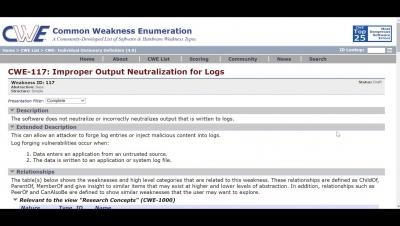Cybersecurity penetration testing explained
Cybersecurity penetration testing is a method of checking for security weaknesses in software and systems by simulating real-world cyber-attacks. Also known colloquially as 'pen tests,' penetration tests probe beyond the scope of automated vulnerability scans. Pen tests find gaps in protection that can arise when unique combinations of applications, systems, and security defenses work together in live environments.










